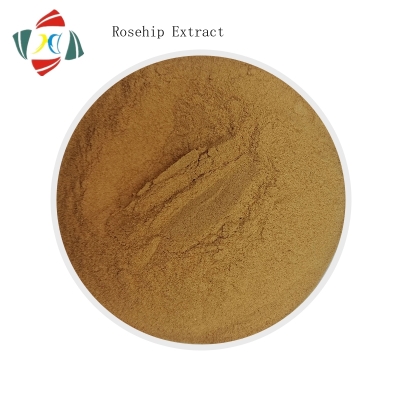-
Categories
-
Pharmaceutical Intermediates
-
Active Pharmaceutical Ingredients
-
Food Additives
- Industrial Coatings
- Agrochemicals
- Dyes and Pigments
- Surfactant
- Flavors and Fragrances
- Chemical Reagents
- Catalyst and Auxiliary
- Natural Products
- Inorganic Chemistry
-
Organic Chemistry
-
Biochemical Engineering
- Analytical Chemistry
- Cosmetic Ingredient
-
Pharmaceutical Intermediates
Promotion
ECHEMI Mall
Wholesale
Weekly Price
Exhibition
News
-
Trade Service
Previous studies have suggested that phenotypic differences between and within species stem from differences
in gene expression regulation.
This is because most genes are present throughout vertebrates and functionally conserved
.
There are about 26,000 species of fish in existence, does each species have its own specific genes and what kind of function does it perform?
TRIM (tripartite motif) family proteins are a class of E3 ubiquitin ligases that are involved in the regulation of life processes in the body through ubiquitinated modified substrates, including the regulation
of the natural antiviral immune response.
In general, within a few hours of virus infection, the host can activate the interferon response to inhibit the replication of the virus; After the virus is cleared, the expression of host interferon decreases quickly and then maintains a very low background level to avoid further damage
to tissue cells.
To maintain the "healthy" progress of the antiviral response, the host needs to regulate the moderate expression
of cytokines such as interferons in real time.
The number of TRIM genes has expanded
in different vertebrates.
For example, in addition to fish having TRIM proteins that are conserved with humans, there is also a class of TRIM proteins that are specific to fish, called finTRIM (fish novel TRIM
).
In 2019, Zhang Yibing's research team at the Institute of Hydrobiology of the Chinese Academy of Sciences cloned a finTRIM gene in a virus-infected crucian cell
.
In the existing genomic data, it is not possible to find a homologous gene with a "one-to-one correspondence" evolutionary relationship with this gene, so the study believes that this gene may be endemic to tetraploid crucian carp, named FTRCA1 (finTRIM C.
auratus 1).
FTRCA1 is significantly expressed at viral infection and performs a negative function of regulating interferon antiviral responses by degrading the protein kinase TBK1 in the RLR signaling pathway (The Journal of Immunology 2019, 202: 2407-2420
).
Recently, research has proved that FTRCA1 is an E3 ubiquitin ligase and an RNA-binding protein
.
The mechanism by which FTRCA1 negatively regulates the host interferon antiviral response is: in virus-infected cells, FTRCA1 selectively binds to the mRNA of the signaling molecules STING (also known as MITA) and IRF7, and degrades the mRNA negative regulatory interferon response through the RISC (RNA-induced silencing complex) pathway; In addition, FTRCA1 protein binds directly to TBK1 protein to degrade TBK1 protein through lysosomal pathways (The Journal of Immunology 2022, 209: 1335-1347).
The study explains how a species-specific finTRIM protein simultaneously acquires RNA binding activity and E3 ubiquitin ligase activity, regulating the molecular mechanism of host interferon antiviral response at both RNA level and protein level (Figure 1).
This complex regulatory mechanism mediated by FTRCA1 is not unique
.
The HERC family of proteins is another class of E3 ubiquitin ligases
.
Through comparative genomic analysis, the study identified a class of HERC genes that were lost in mammals, named the HERC7 subfamily
.
Similarly, the HERC7 subfamily has expanded
to varying degrees in different fish species.
Studies of the function of one HERC7 in crucian carp have shown (Figure 2) that crucian carp HERC7 degrades STING and MAVS proteins at the protein level and IRF7 mRNA at the RNA level, negatively regulating the host's interferon antiviral response through these two pathways (The Journal of Immunology 2022, 208: 1189-1203).
The study of the molecular mechanism of species-specific antiviral immunity will provide new ideas
for the disease resistance breeding of specific species.
The research work is supported by the National Key Research and Development Program, the Strategic Pilot Science and Technology Project of the Chinese Academy of Sciences and the National Natural Science Foundation of China
.
Figure 1.
FTRCA1 simultaneously obtained E3 enzyme activity and RNA binding activity to regulate interferon carp antiviral immune response
Figure 2: Crucian carp HERC7 targets RLR signaling pathway molecules at the protein level and mRNA level to regulate the antiviral immune response of interferon carp
Source: Institute of Hydrobiology, Chinese Academy of Sciences







